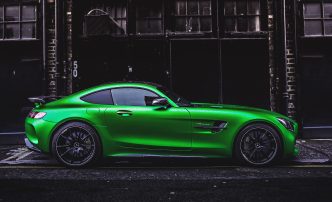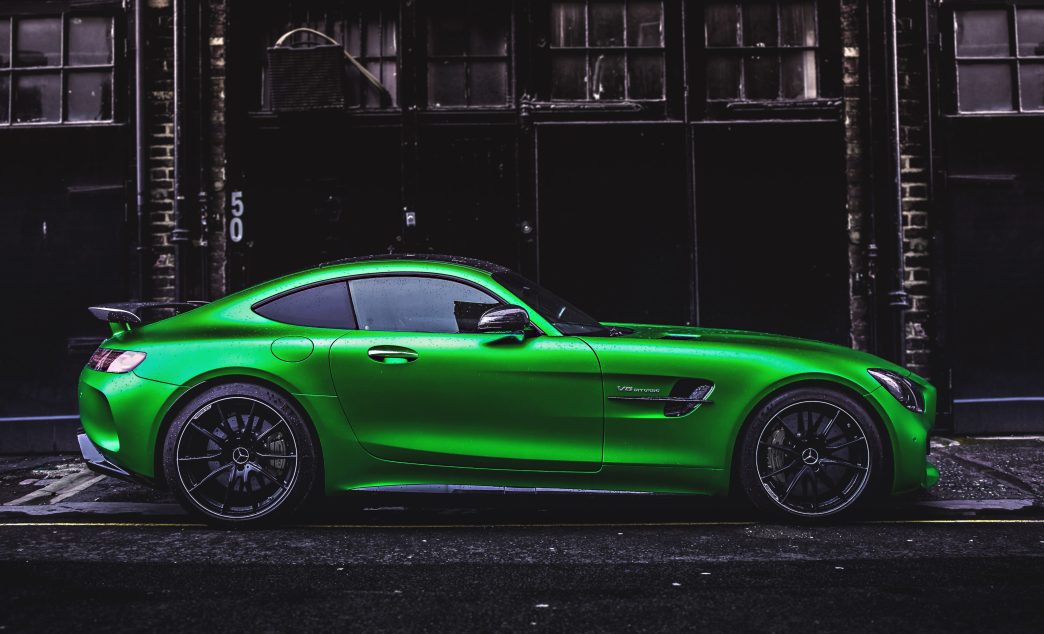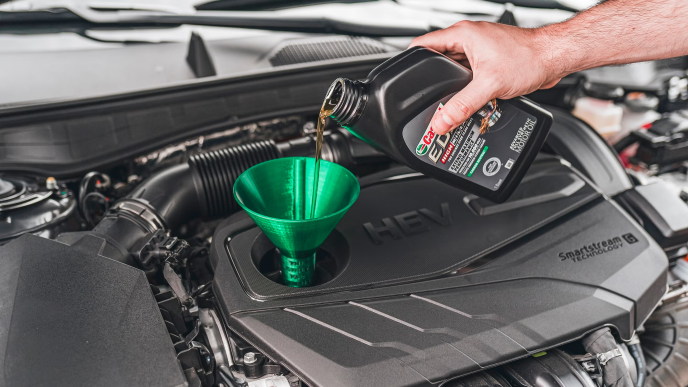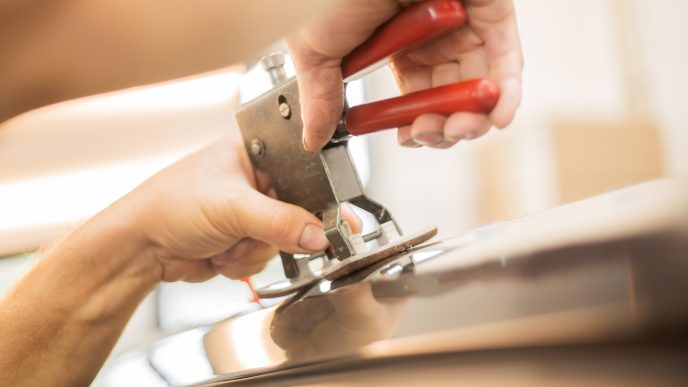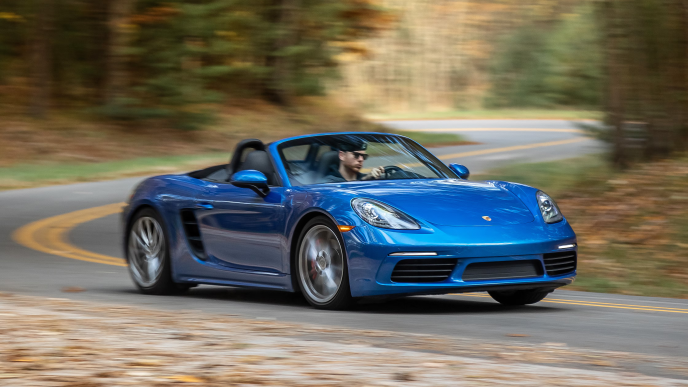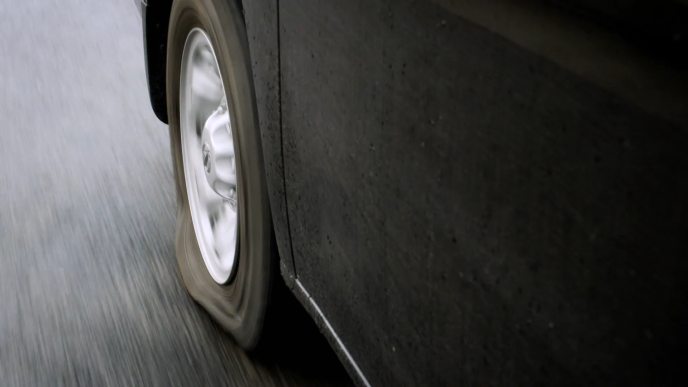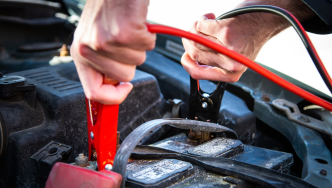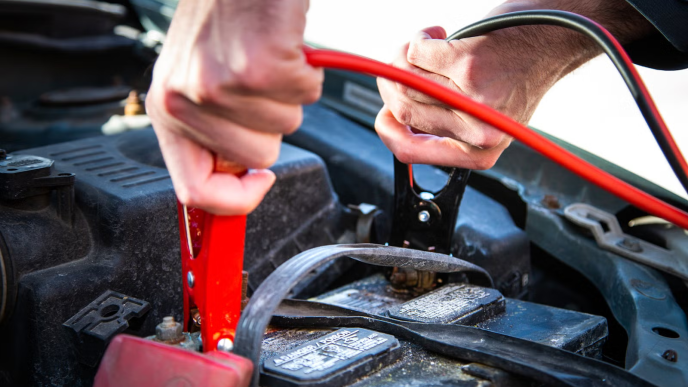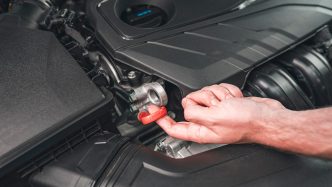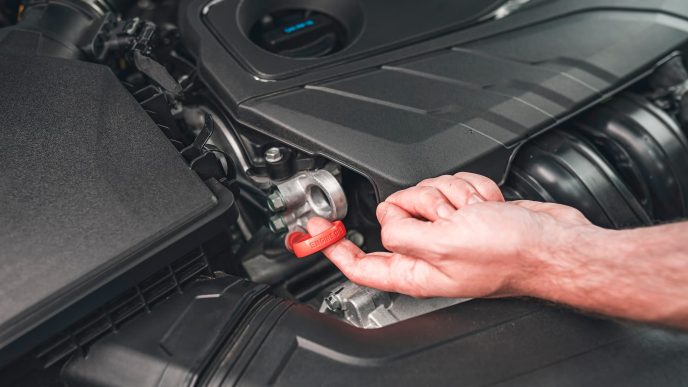Window tinting means applying a thin laminate film to an automobile’s glass to darken it. People tint windows for many reasons: added privacy or security, protection from UV radiation (including UVA that’s linked to skin cancer), reduced solar heat gain that can slightly improve fuel economy, and less glare from bright sun. There are also purely visual motives—tinted windows give a car a sleek, celebrity-sunglasses kind of look.
A Car Window Tint Can Reduce UV Radiation

Standard automotive glass blocks some UV, but a quality window film from a reputable maker—installed correctly—can significantly boost protection against ultraviolet rays. Besides guarding skin, the film helps preserve interior surfaces such as upholstery, carpets, and dashboards that otherwise fade in sunlight.
How much light a tint lets through affects outward visibility; that measure is called visible light transmission (VLT). VLT rules differ by state, so check local laws before you tint. In addition to UV blocking, tint can hold shattered glass together in a crash and obscure valuables from would-be thieves. (Remember: if a police officer stops you, lower your darkened windows—officers need to see inside the vehicle for safety.)
The amount of window tint that’s legal differs from state to state
Not all tints are dark—there are nearly-clear films like 3M’s Crystalline Series. According to 3M, that clear film is built from micro-layers (they say 200 optical layers) into a coating thinner than a Post-it note and reportedly rejects up to 60% of solar energy and 97% of heat-producing infrared rays; the company also claims up to 99% UV blockage and an SPF-like protection of 1000. Regulations often limit tinting on windshields, though a top strip is permitted in some states—for example, California allows up to a five-inch tinted strip at the windshield’s top, Illinois and Alabama permit six inches, and Michigan allows tint on rear side windows and the rear window in any amount.
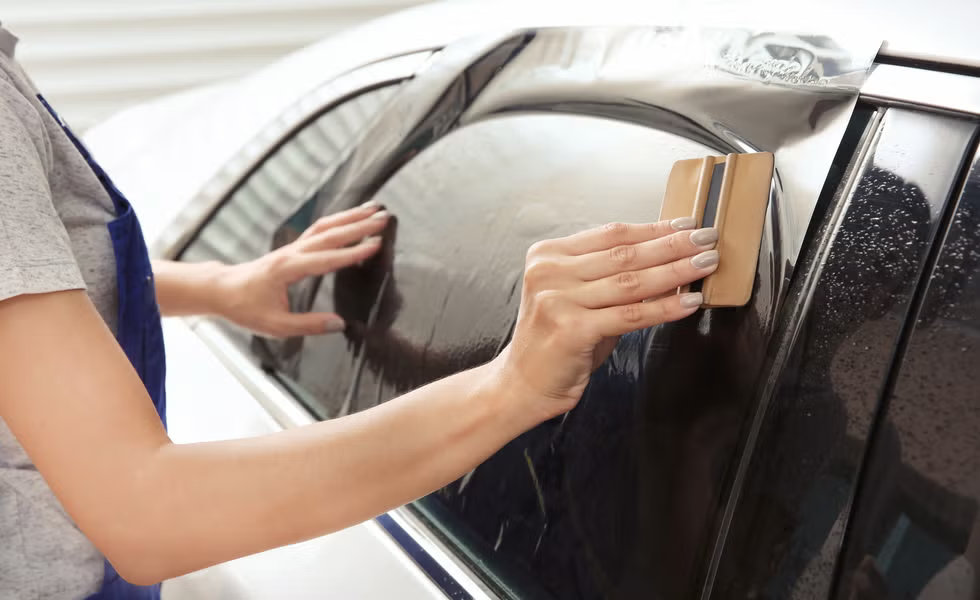
Do You Really Want to Do It Yourself?
Applying window tint can take one to four hours or more and carries a cost. A basic job can run about $100, while a top-quality professional installation can approach $800. Doing it yourself saves labor costs, but consider the trade-offs. If you’re patient, reasonably handy, and have a very clean, dust-free workspace (like a tidy garage), DIY tinting is achievable. Professional installers usually do a neater job faster, often back it with a warranty, and can ensure the tint complies with local laws—helpful if you want to avoid a ticket.
DIY Window Tinting Considerations
It isn’t easy. A spotless, dust-free area is essential—ideally with good dust control in your garage. Invest in a proper window-tint application toolkit.
You get what you pay for. Tint films range from bargain basement to premium; a pre-cut, model-specific kit reduces cutting errors and improves your chances of success.
You only get one shot. Mistakes are obvious; removing and reapplying is messy and unsightly. Decide on your desired VLT percentage, buy the correct amount, and consider getting a little extra to be safe.
Patience, Grasshopper. Rushing leads to bubbles, creases, and ruined film—measure twice, cut once, and take your time.
Time is money. Given the difficulty and the potential for mistakes, paying a pro a few hundred dollars can be worth the saved time, frustration, and the peace of mind that comes with a professional finish.
A short final note to tie things together: tinting offers clear benefits—privacy, UV protection, and style—but it also demands careful choices about legality, materials, and installation. Weigh the cost and effort of a DIY attempt against a professional job, and let your priorities (budget, patience, and local laws) guide the decision.
